Nestled in the picturesque landscape of Chatham County, North Carolina, stands a modest yet profoundly significant structure known as O’Kelly’s Chapel. Located at 9245 NC-751, Durham, NC 27713, this historic chapel serves as a tangible reminder of the religious and social movements that shaped the spiritual landscape of early America. Named after the influential Reverend James O’Kelly, the chapel embodies the principles of religious freedom, democratic governance, and the pursuit of a more egalitarian Christian faith.
Church Address
O’Kelly Chapel Christian Church
9245 NC-751, Durham, NC 27713

Historical Background
The Founding of O’Kelly’s Chapel
The story of O’Kelly’s Chapel begins in the tumultuous period following the American Revolution. As the newly formed United States was finding its footing, religious institutions were also undergoing significant transformations. It was in this context that James O’Kelly, a charismatic and principled Methodist preacher, emerged as a pivotal figure in the religious landscape of the late 18th century.
O’Kelly began his ministry as a circuit-riding Methodist preacher in the 1780s, a time when the Methodist movement was still part of the Church of England rather than an independent denomination. However, the aftermath of the American Revolution brought about a desire for independence not only in politics but also in religious affairs. As the Methodist societies in America sought to break away from England and establish their own church structure, O’Kelly found himself at odds with the proposed hierarchical organization.
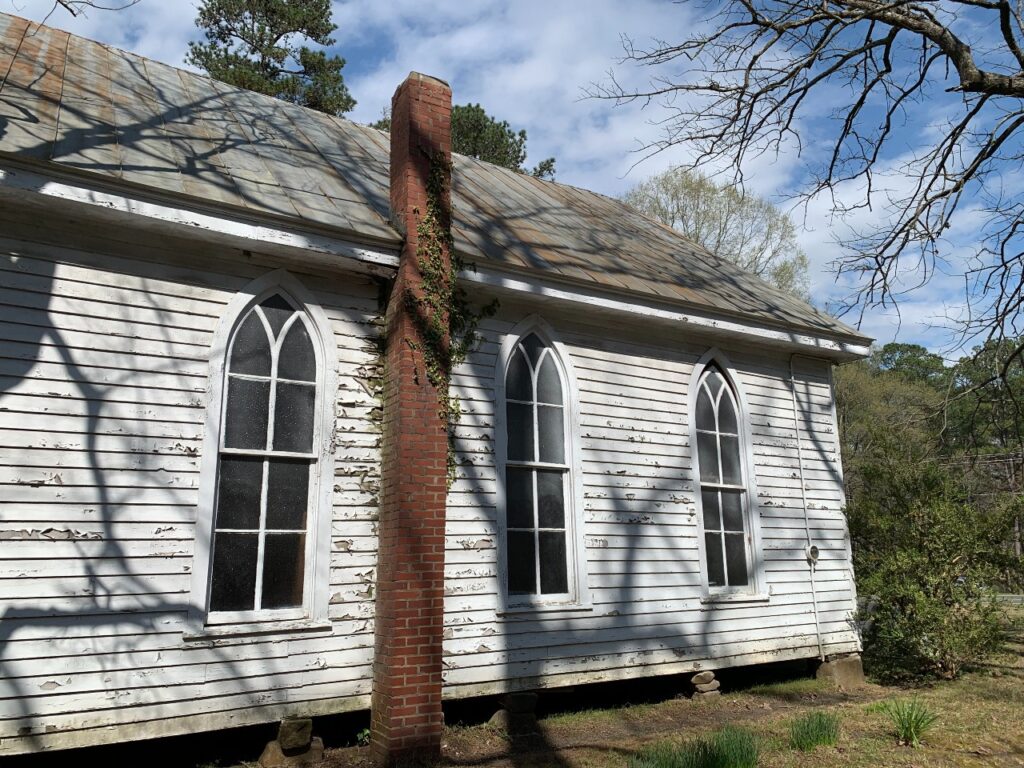
James O’Kelly: A Visionary Reformer
James O’Kelly was a man ahead of his time, advocating for principles that would resonate with many Americans in the centuries to come. He envisioned a church that reflected the democratic ideals of the newly formed United States – a “republican, no-slavery, glorious church” that would be based on congregational governance rather than centralized authority.
O’Kelly’s vision extended beyond church politics. In 1789, he penned “Essay on Negro Slavery,” a work that called for Methodist ministers to free their slaves. This stance on slavery, radical for its time, demonstrated O’Kelly’s commitment to aligning Christian principles with social justice.
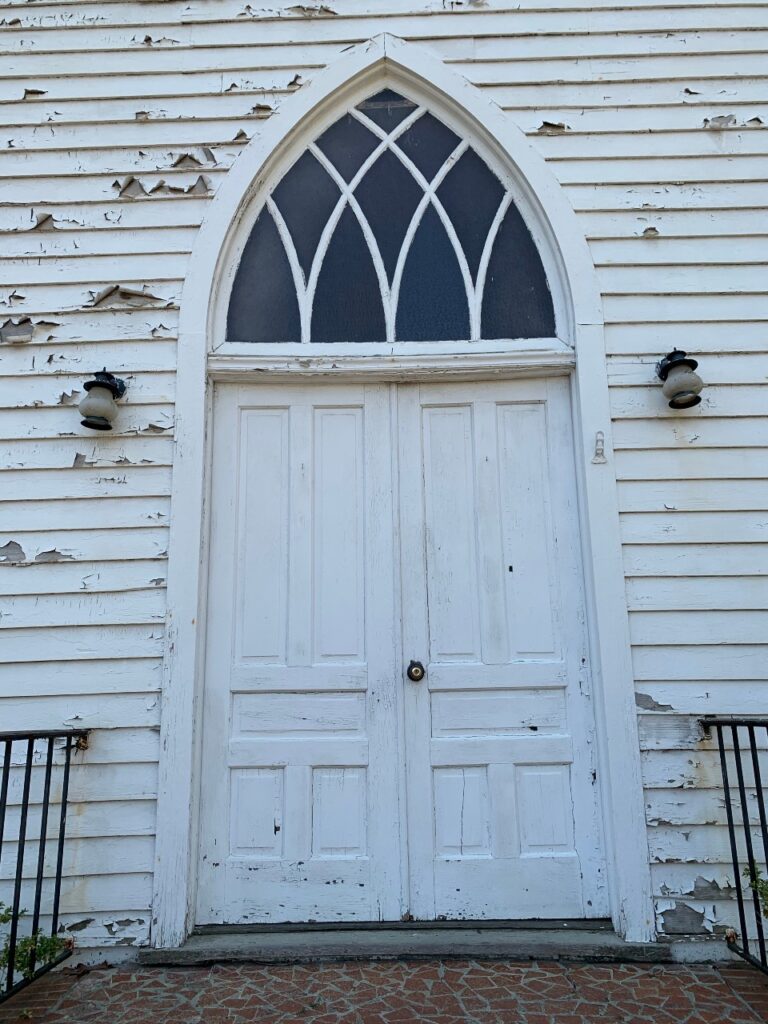
The Schism and Formation of the Christian Church
The organizational conference of the Methodist Church in 1792 became a turning point in O’Kelly’s life and ministry. At this conference, O’Kelly and his supporters protested against the concentration of power in the hands of bishops, advocating instead for a more democratic structure with self-governance for ministers and churches.
When their proposals were rejected, O’Kelly made the difficult decision to leave the Methodist Church. In 1793, he was joined by 36 other ministers and approximately 10,000 lay people in forming a new church association initially called “Republican Methodists.” This group formally adopted the name “Christian” in 1794, emphasizing their desire to return to a simpler, more inclusive form of Christianity.
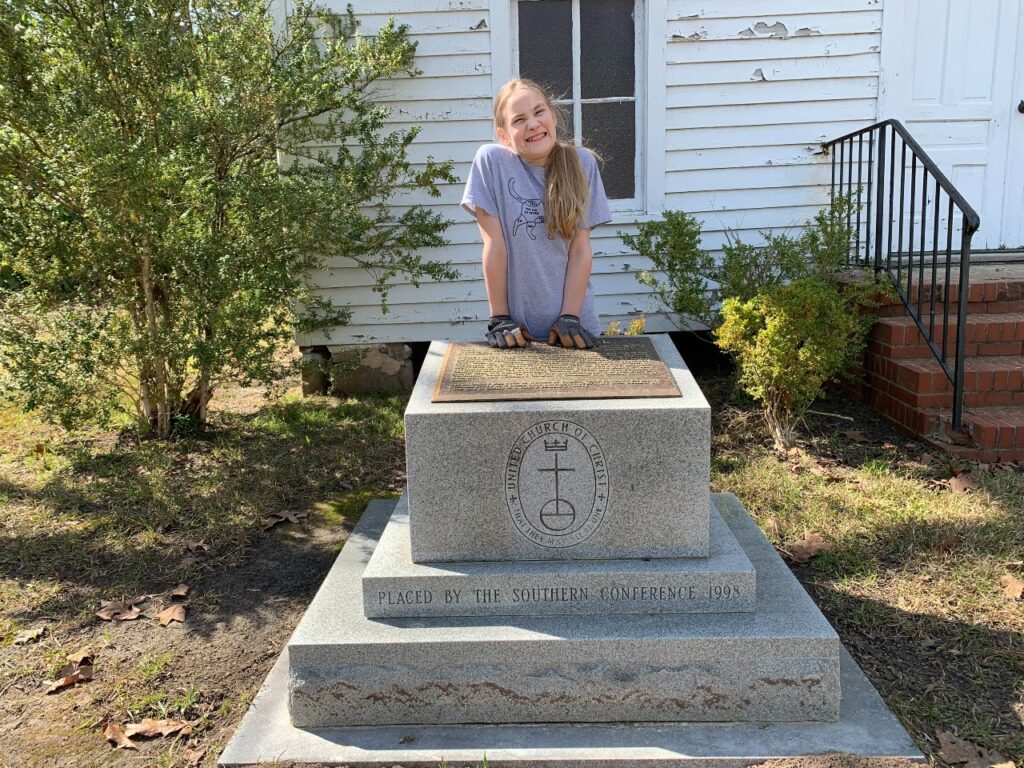
The Five Fundamental Principles
The newly formed Christian Church, under O’Kelly’s leadership, was governed by five fundamental principles that reflected their commitment to religious freedom and individual conscience:
- The Lord Jesus Christ is the only head of the Church.
- “Christian” is a sufficient name for the Church.
- The Holy Bible is a sufficient rule of faith and practice.
- Christian character is a sufficient test of fellowship and membership.
- The right of private judgment and liberty of conscience is a right and privilege of all.
These principles emphasized personal interpretation of scripture, individual responsibility in matters of faith, and a rejection of complex creeds and hierarchical church structures.
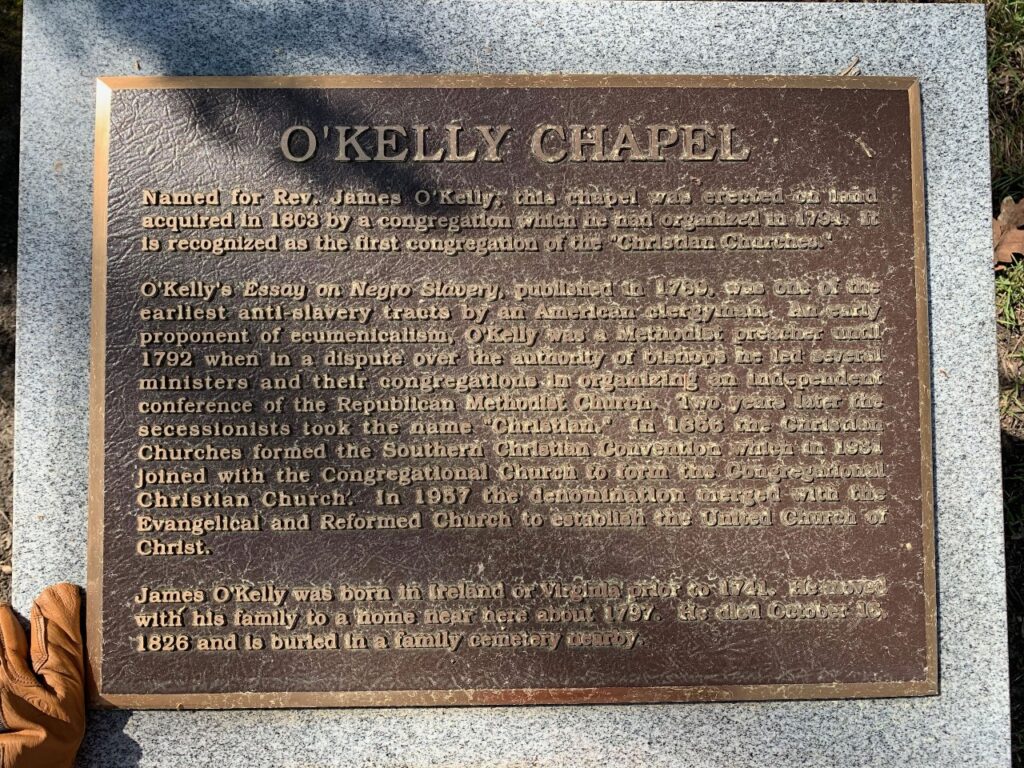
The Establishment of O’Kelly’s Chapel
In 1794, the same year the Christian Church was formally established, James O’Kelly moved to Chatham County, North Carolina. Here, he gathered a congregation that would eventually become known as O’Kelly’s Chapel. The early congregation likely met in O’Kelly’s home initially, as was common for new church groups at the time.
The official founding of the church site came in 1803 when approximately two acres of land were donated to the Christian Church for the purpose of erecting a church building. This generous gift marked the beginning of a permanent presence for O’Kelly’s congregation in the area.
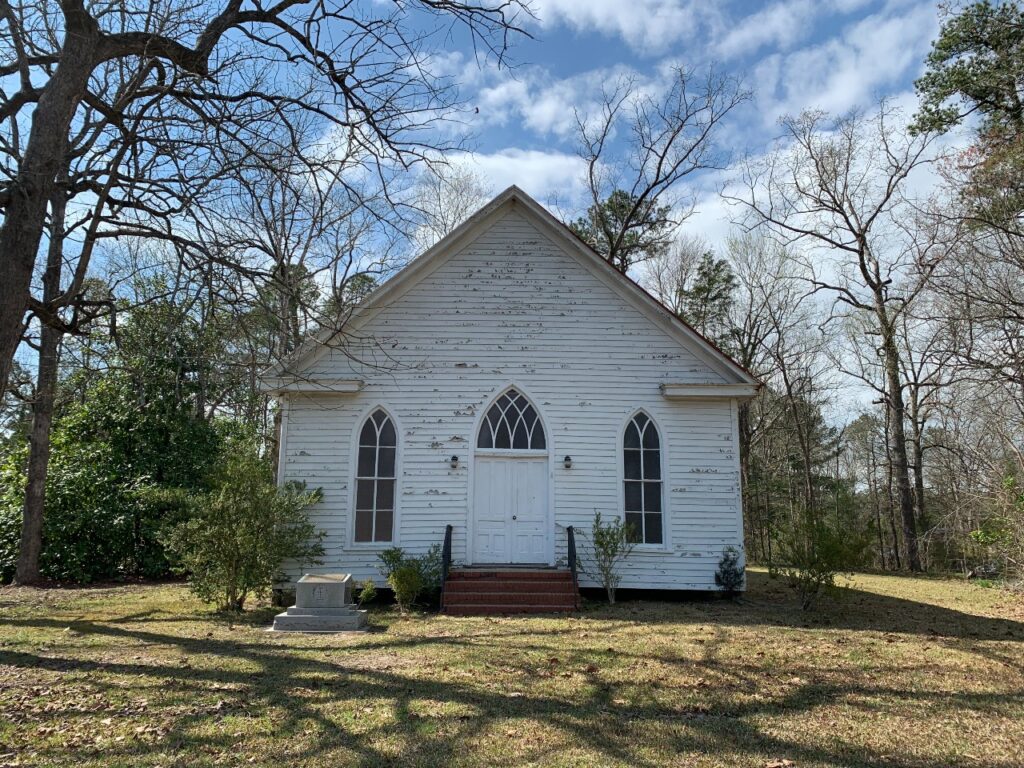
Early Structures and Growth
Over the course of the 19th century, several different structures were built on the site to accommodate the growing congregation. Each new building reflected the changing needs and resources of the community, as well as evolving architectural styles.
The current church building, which stands as a testament to the enduring legacy of James O’Kelly and his followers, was constructed in 1910. This structure, the fourth to occupy the site, is a fine example of rural church architecture from the early 20th century.
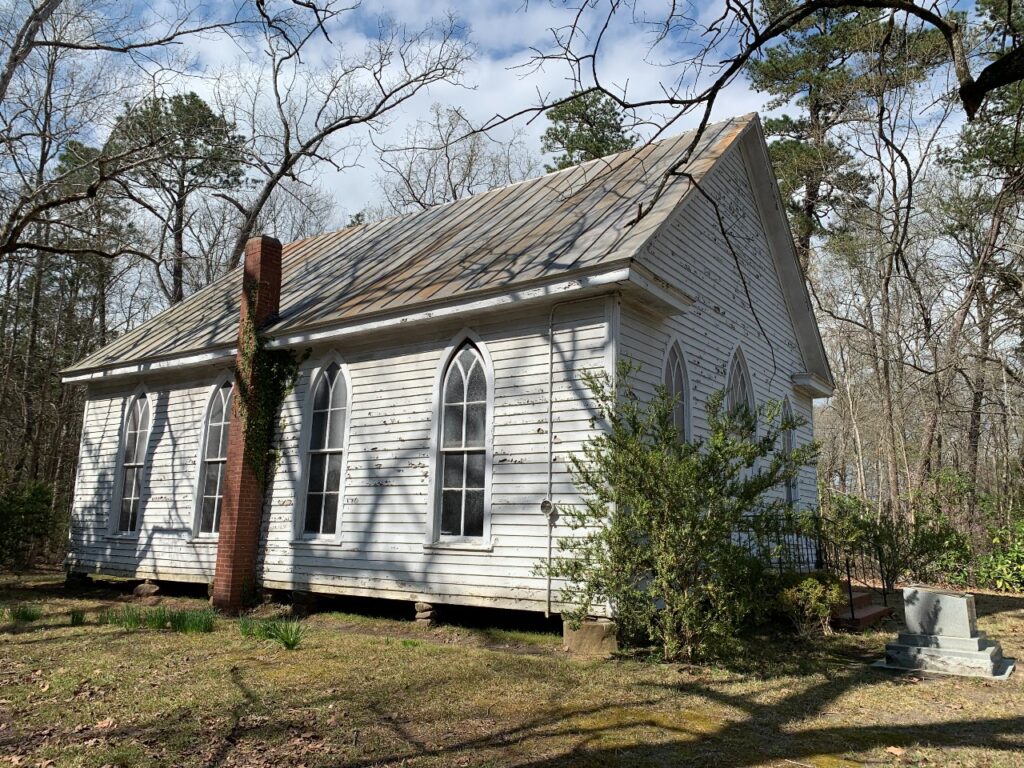
Architectural Significance
Gothic Revival Features
O’Kelly’s Chapel, as it stands today, is a modest one-room rural chapel that incorporates elements of the Gothic Revival style. This architectural movement, popular in the 19th and early 20th centuries, sought to revive medieval Gothic forms and was particularly influential in church design.
The most notable Gothic Revival features of O’Kelly’s Chapel include:
- A steeply pitched roof, reminiscent of the soaring verticality of Gothic cathedrals
- Lancet windows, characterized by their pointed arch tops, which allow light to flood the interior space
- Simple yet elegant proportions that create a sense of reverence and spiritual focus
These architectural elements, while modest in scale, connect O’Kelly’s Chapel to a broader tradition of church design and symbolism.
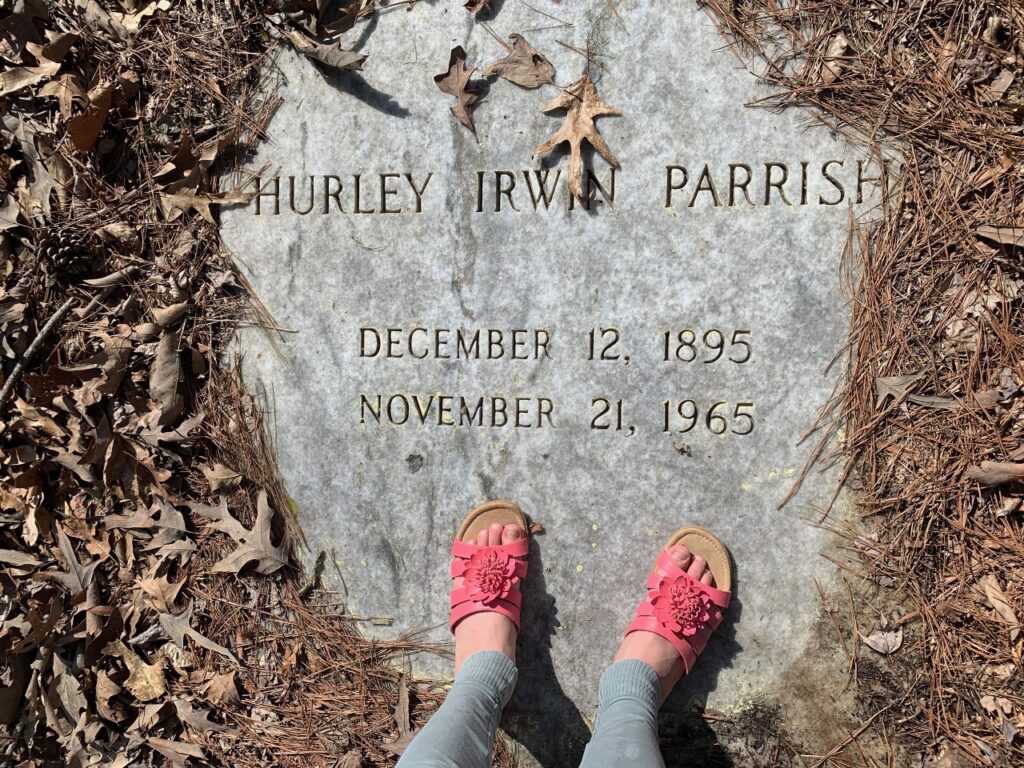
Interior Design and Furnishings
The interior of O’Kelly’s Chapel reflects the simplicity and focus on scripture that were hallmarks of the Christian Church movement. The single-room layout emphasizes the democratic nature of the congregation, with all worshippers gathering in a common space.
A notable feature of the interior is the pulpit, which serves as the focal point of the chapel. Its central position underscores the importance of preaching and biblical instruction in the Christian Church tradition.
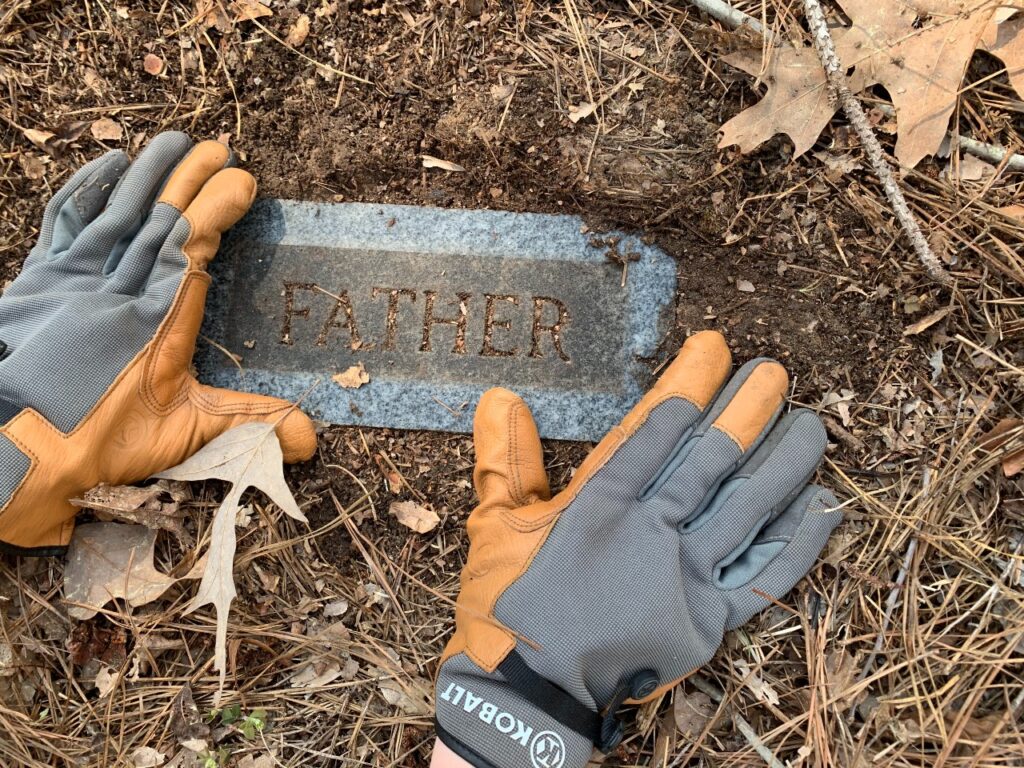
Historical Recognition
The historical and architectural significance of O’Kelly’s Chapel has been recognized at both the state and national levels.
North Carolina Highway Historical Marker
In 1968, the site was honored with the placement of a North Carolina Highway Historical Marker. These markers are part of a program designed to call attention to important historic sites across the state. The presence of this marker highlights the chapel’s importance not just to local history, but to the broader narrative of North Carolina’s religious and social development.
National Register of Historic Places
In recognition of its historical and architectural significance, O’Kelly’s Chapel was listed on the National Register of Historic Places in 1985. This designation by the U.S. Department of the Interior’s National Park Service acknowledges the chapel’s importance to American history and culture.
Inclusion in the National Register provides a degree of protection for historic properties and can make them eligible for certain preservation benefits and incentives. More importantly, it ensures that the story of O’Kelly’s Chapel and the movement it represents will be preserved for future generations.
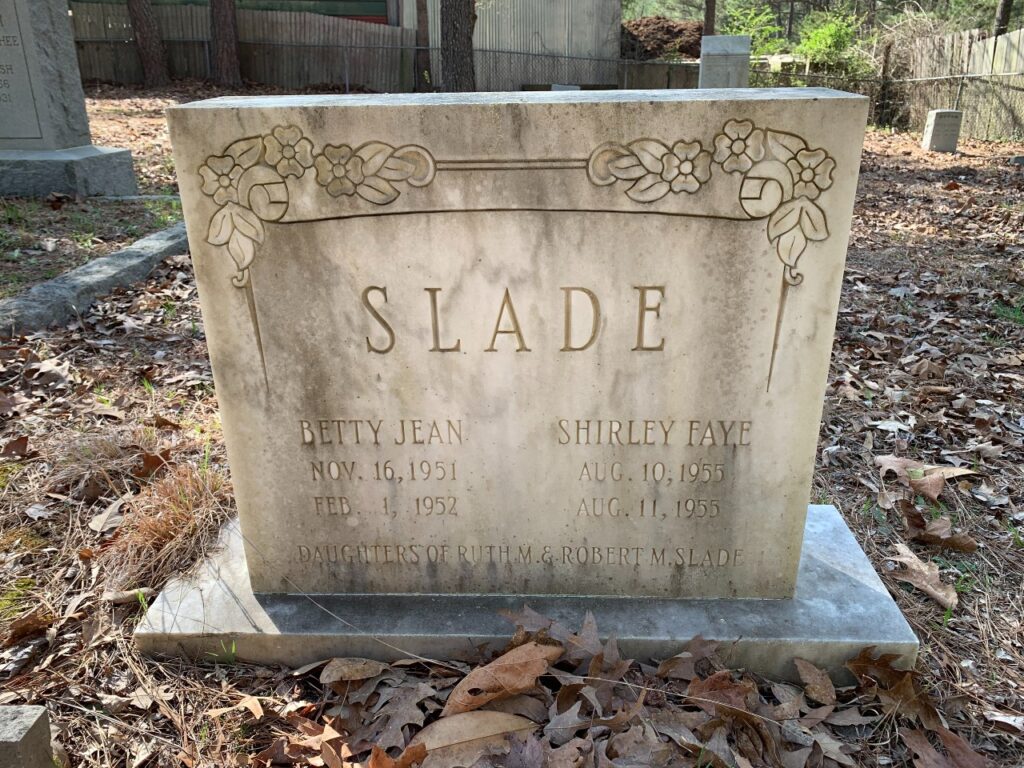
The O’Kelly’s Chapel Cemetery
Approximately 1,000 feet (0.15 miles) southwest of O’Kelly’s Chapel lies a historic cemetery that serves as the final resting place for many members of the local community. This burial ground, spanning generations, offers a tangible connection to the area’s rich history and the lives of those who were part of the O’Kelly’s Chapel congregation.
Among the notable interments are R. G. Fuquay (June 1, 1888 – September 22, 1915), whose short life spanned the turn of the century; Fletcher Barbee (October 20, 1811 – January 8, 1881), who lived through the tumultuous period of the Civil War and Reconstruction; Needham B. Harward (May 17, 1853 – March 29, 1909), whose life bridged the 19th and 20th centuries; Hurley Irwin Parrish (December 12, 1895 – November 21, 1965), who witnessed the dramatic changes of the early to mid-20th century and Franklin Castlebury who was born around 1812 and died on September 16, 1846.
These graves, among many others, provide a poignant reminder of the generations who have been part of the O’Kelly’s Chapel community, their lives intertwined with the local history and the broader narrative of American life.
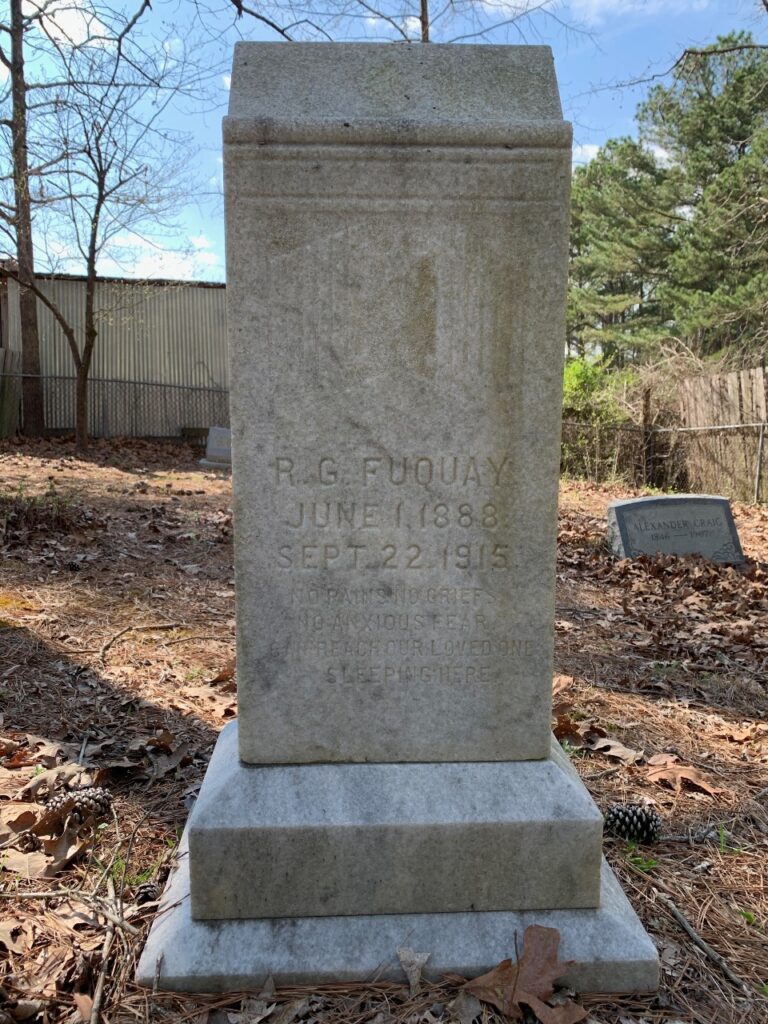
The Legacy of James O’Kelly
Circuit Riding and Church Planting
James O’Kelly’s influence extended far beyond the single congregation at O’Kelly’s Chapel. As a circuit-riding preacher, he was instrumental in establishing and nurturing multiple Christian Church congregations throughout the region.
In addition to O’Kelly’s Chapel, he founded the Damascus Christian Church in Orange County in 1797 and Martha’s Chapel in Apex in 1803. For many years, O’Kelly served these three congregations as part of his circuit, traveling between them to preach and provide spiritual guidance.
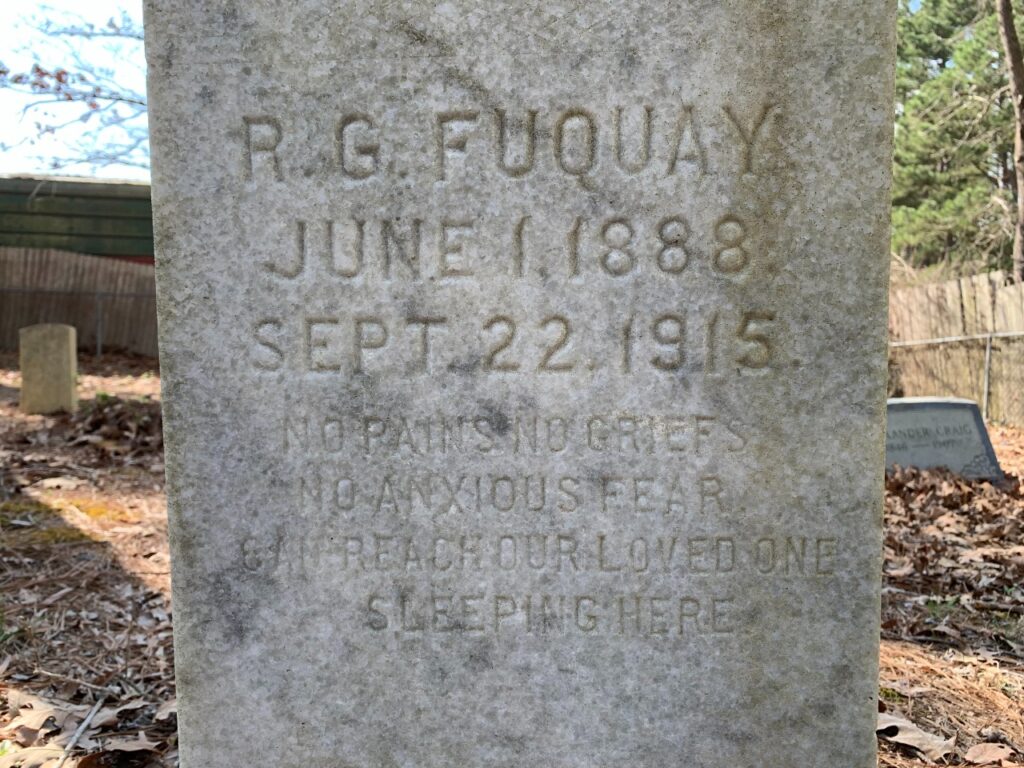
The Christian Connection
While the Christian Church founded by O’Kelly never became a large denomination, it had a significant impact, particularly in eastern Virginia and the upper Piedmont of North Carolina. Over time, the movement grew and merged with other like-minded groups, such as a collection of dissenting Baptist churches in Vermont.
This loose association of churches became known as the Christian Connection, reflecting their shared principles and commitment to religious freedom. Though relatively small in numbers, the Christian Connection had a national presence and contributed to the diverse tapestry of American Protestantism.
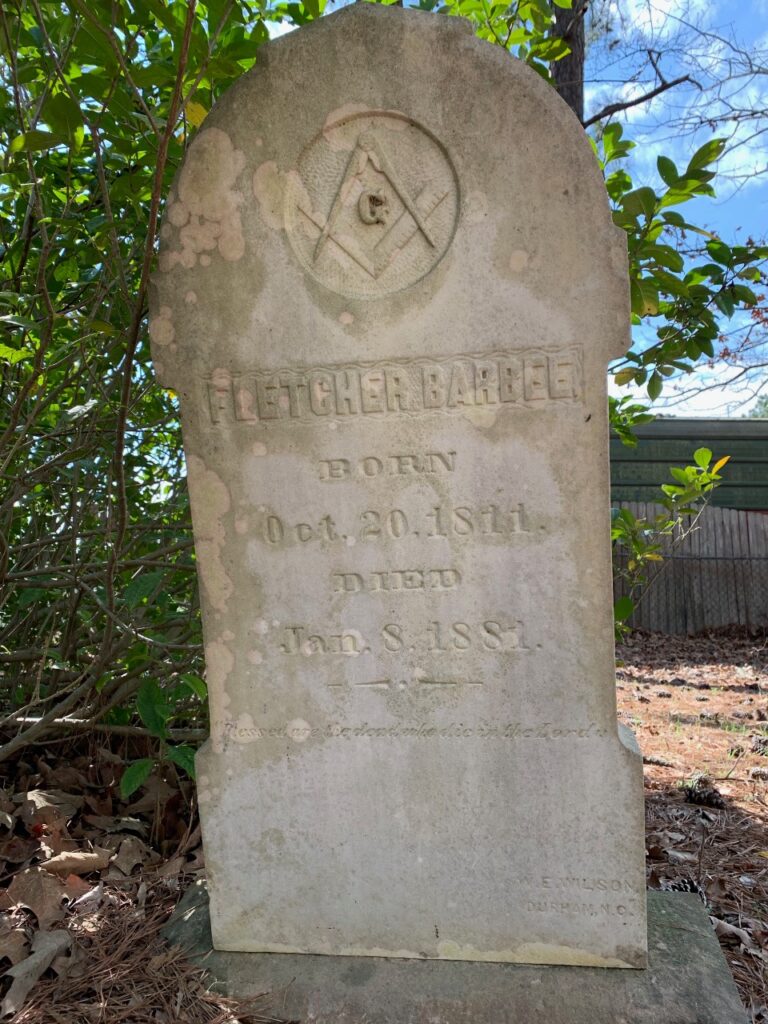
Influence on American Protestantism
The principles championed by James O’Kelly and embodied in O’Kelly’s Chapel had a lasting impact on American Protestantism. The emphasis on individual interpretation of scripture, democratic church governance, and simplicity in worship influenced various subsequent religious movements and denominations.
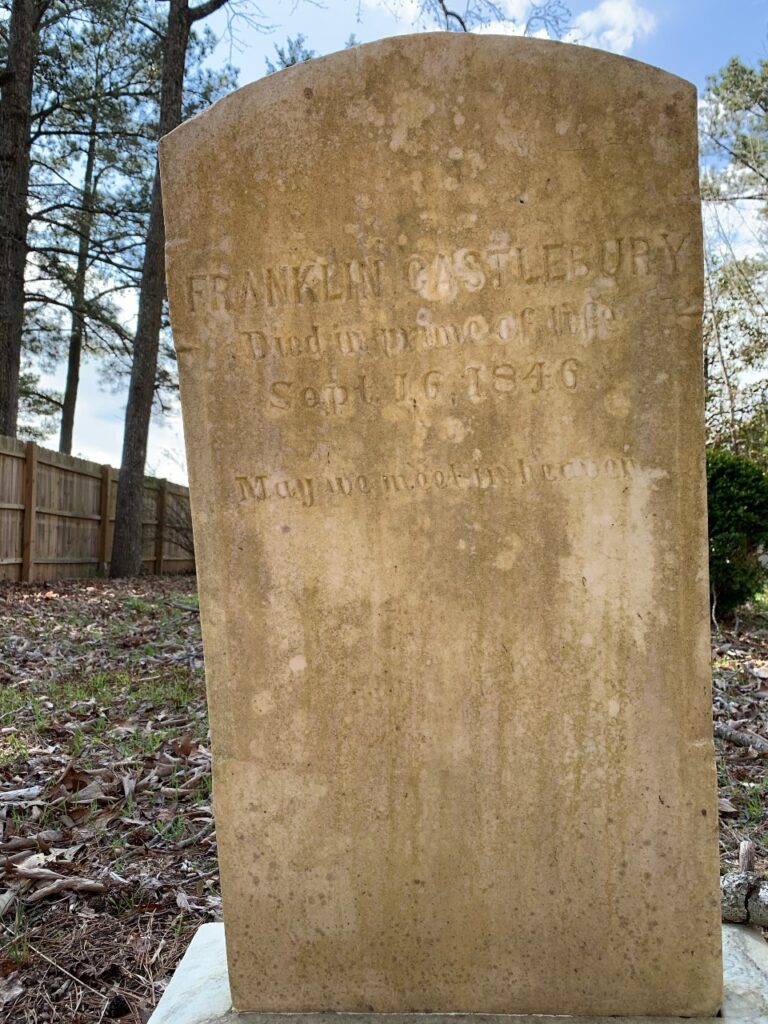
The Chapel’s Later Years
Mergers and Denominational Changes
As the 20th century progressed, the Christian Church underwent further changes and mergers. In 1933, driven by similar policies emphasizing local autonomy, the Christian Church united with the larger Congregational Church to form the Congregational Christian Church.
This merger was followed by an even more significant union in 1957 when the Congregational Christian Church joined with the Evangelical and Reformed Church (which had roots in German Calvinism) to create the United Church of Christ (UCC). This union brought together churches from different theological traditions but with a shared commitment to ecumenism and social justice.
Decline and Decommissioning
Despite its rich history, O’Kelly’s Chapel faced challenges in the latter part of the 20th century. Regular worship services at the chapel ceased sometime in the early 1980s. While the building continued to be used occasionally for weddings, confirmation classes, and holiday services, these events became increasingly infrequent over time.
As usage declined, the building began to fall into disrepair. In 2013, the Southern Conference Board of Directors of the United Church of Christ initiated a discernment process to determine the future of the chapel. Faced with a lack of funds and diminishing interest in maintaining the building, the Board made the difficult decision in 2016 to sell the property.
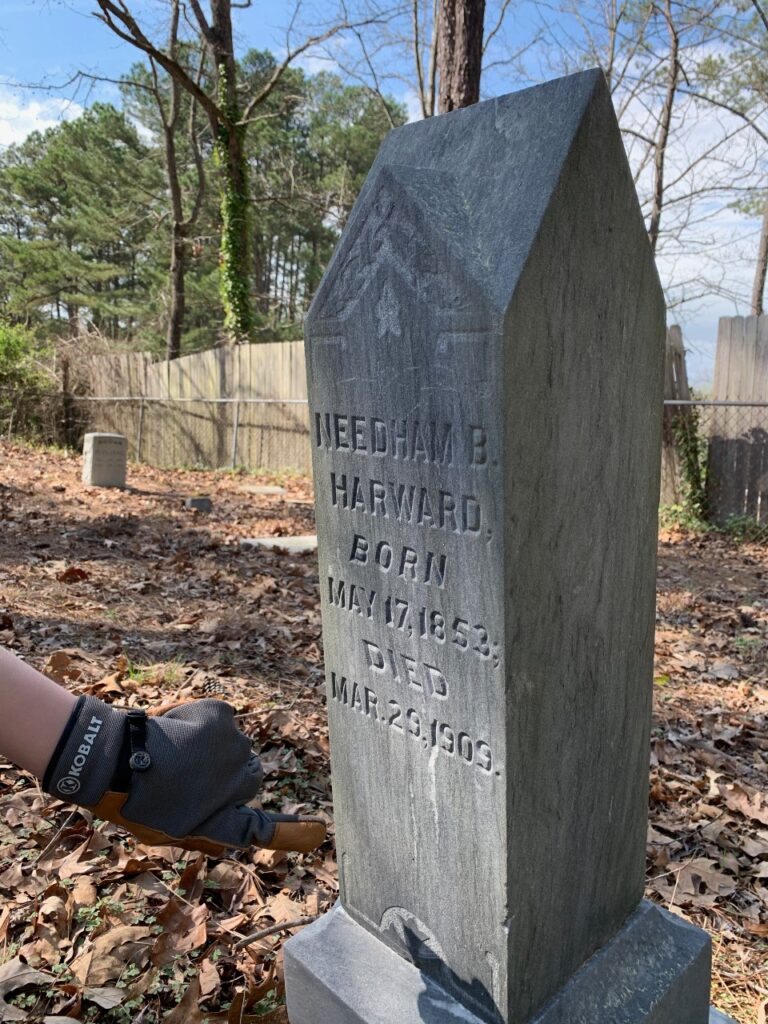
A New Chapter
In a turn of events that offers hope for the preservation of this historic site, the chapel property was sold to For Garden’s Sake, a landscape and garden supply business located adjacent to the chapel. The new owners have expressed a commitment to exploring options that would encourage community involvement and preserve the chapel’s historic character.
On July 29, 2018, a decommissioning ceremony was held at O’Kelly’s Chapel to formally convert the land and building to secular use. The service, attended by UCC members from various congregations and interested individuals, included discussions of the chapel’s history, its connection to the abolition movement, and the establishment of black churches within this faith tradition.
In a poignant moment that connected past and present, the ceremony concluded with the singing of a hymn penned by James O’Kelly himself, set to the tune of “Amazing Grace.” This final act of worship in the chapel served as a fitting tribute to the enduring legacy of James O’Kelly and the principles he championed.
Conclusion
O’Kelly’s Chapel stands as more than just a historic building; it is a powerful symbol of the ideals that have shaped American religious life. From its roots in the democratic fervor of the post-Revolutionary era to its current status as a cherished historical site, the chapel embodies the principles of religious freedom, individual conscience, and social reform that continue to resonate in American society.
As we look to the future, the preservation and recognition of sites like O’Kelly’s Chapel become increasingly important. They serve not only as reminders of our past but as touchstones for the ongoing dialogue about faith, freedom, and community in America. While the chapel may no longer host regular worship services, its story – and the principles it represents – continue to inspire and educate, ensuring that the vision of James O’Kelly and his followers lives on for generations to come.

